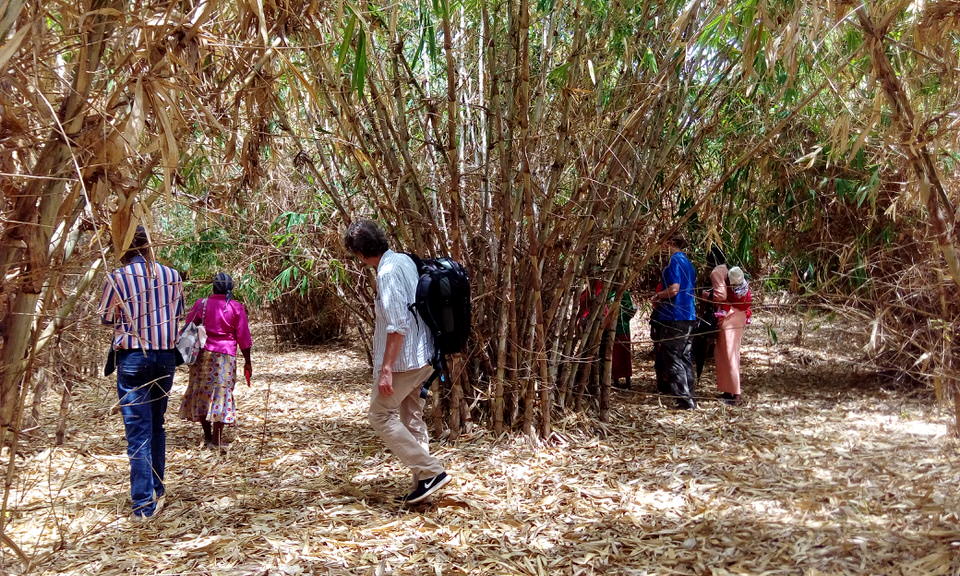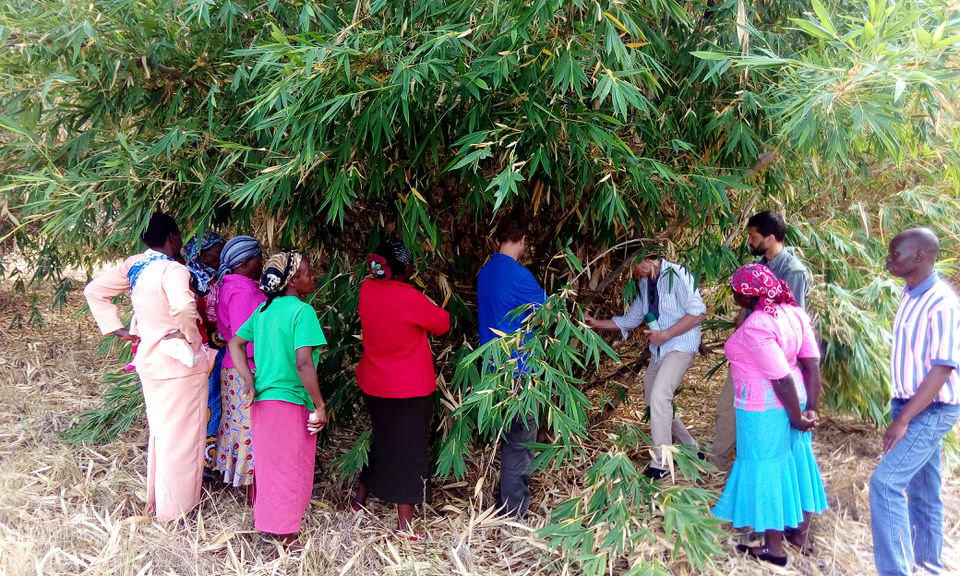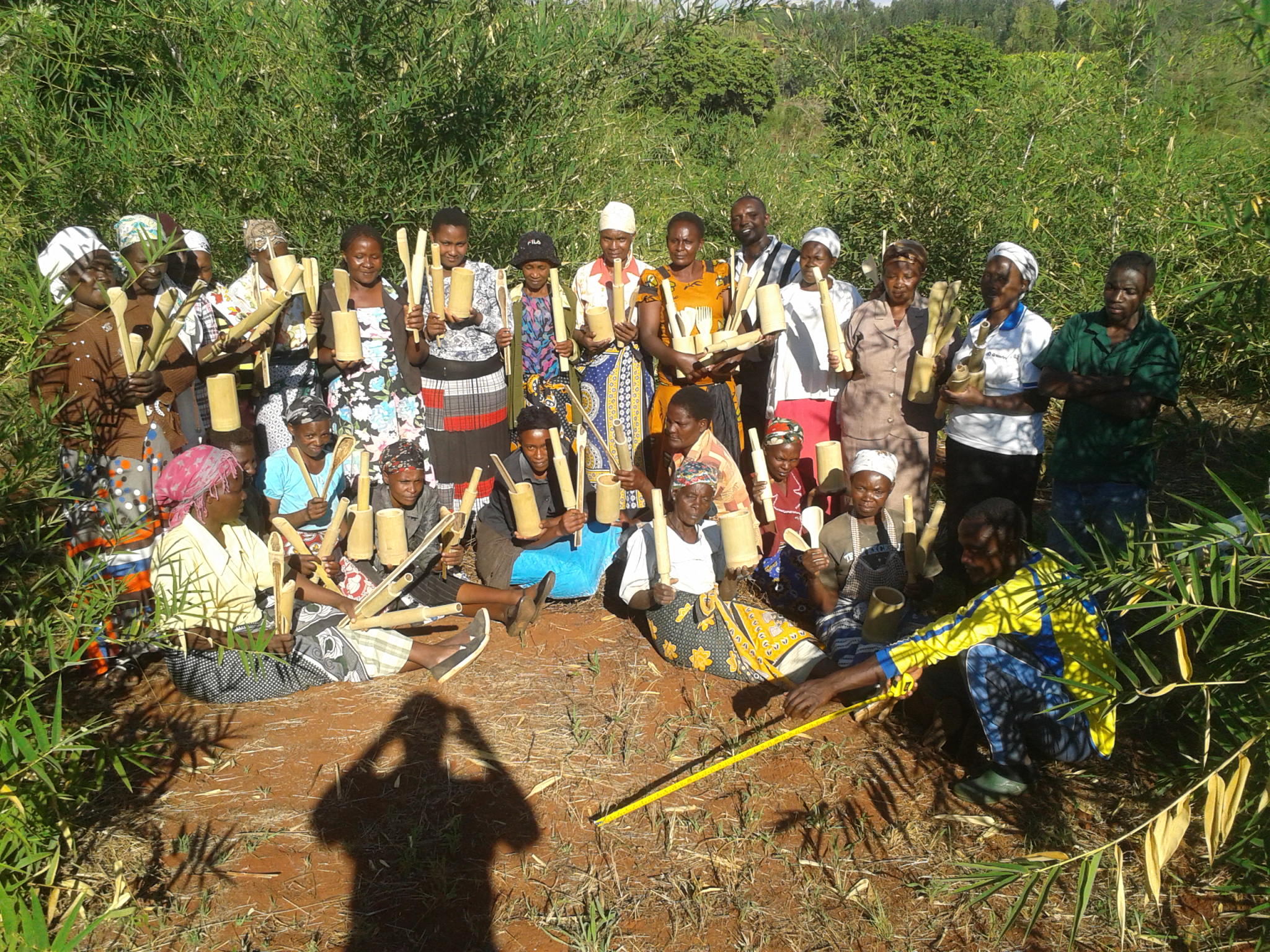GBM Blog
Exploring Bamboo Biomass for Energy and Entrepreneurship
According to the World Health Organization (WHO), almost three billion people worldwide continue to rely on biomass, such as fuelwood, charcoal, agricultural waste and animal dung, to meet their energy needs for cooking. In many countries, these resources account for over 90% of household energy consumption.
Valuable time and effort is devoted to fuel collection instead of education or income generation with about 1.3 million deaths – mostly women and children – every year because of exposure to indoor air pollution from biomass.
Use of biomass is not in itself a cause for concern. However, when resources are harvested unsustainably and energy conversion technologies are inefficient, there are serious adverse consequences for health, the environment and economic development.
With a 7% forest cover, Kenya falls short of the UN-recommended 10% and if any natural forests are to remain, the country will need access to sustainable sources of firewood, charcoal, and other forest products. The demand for wood as biomass for fuel wood and charcoal making is a threat to the use of resources in Kenya and is expected to remain unchanged for many decades to come. This demand is influenced by low household incomes, urbanization, and the growth of informal sector activities. Bamboo can serve as a viable alternative biomass for firewood and charcoal at the household level in Kenya and Africa as a whole.
The Green Belt Movement in partnership with Waterstone (Norway) is piloting a bamboo biomass and entrepreneurship project, established in 2013, which aims at promoting the planting of indigenous bamboo for: conservation, climate mitigation benefits, fuel source and create economic opportunities through green businesses for and by local communities.

The Green Belt Movement–led project, now in its fourth year, has been very well received by the community in Maragua, Murang’a County. Our experience shows that engagement at the grassroots level is crucial for the introduction of new ideas and sustainability of projects. When the communities understand the linkage between their actions, environment and their livelihood situations they are more likely to muster their energies and take action for change.
In its first phase, the project is focused on promoting the use of bamboo as a sustainable energy option and cash crop for local communities.

Speaking with some of the GBM tree nursery group women involved in this bamboo project during a recent visit, they shared the delight of using bamboo to compliment wood fuel for their cooking needs. It was quite evident that the use of bamboo fuel has saved them from long, tiring walks into the forest in search of fire wood and fodder. The women also noted that they harvest the bamboo in their farms to make simple kitchen equipment like cooking spoons and rolling pins, some of which they sell.
Bamboo provides an impressive opportunity as an alternative and sustainable source of biomass energy. It also has a high ability to sequester atmospheric carbon and consequently mitigate climate change and help communities at grassroots to build resilience. Thus, there is an urgent need to recognize the role of indigenous bamboo in landscape restoration and livelihood improvement.

